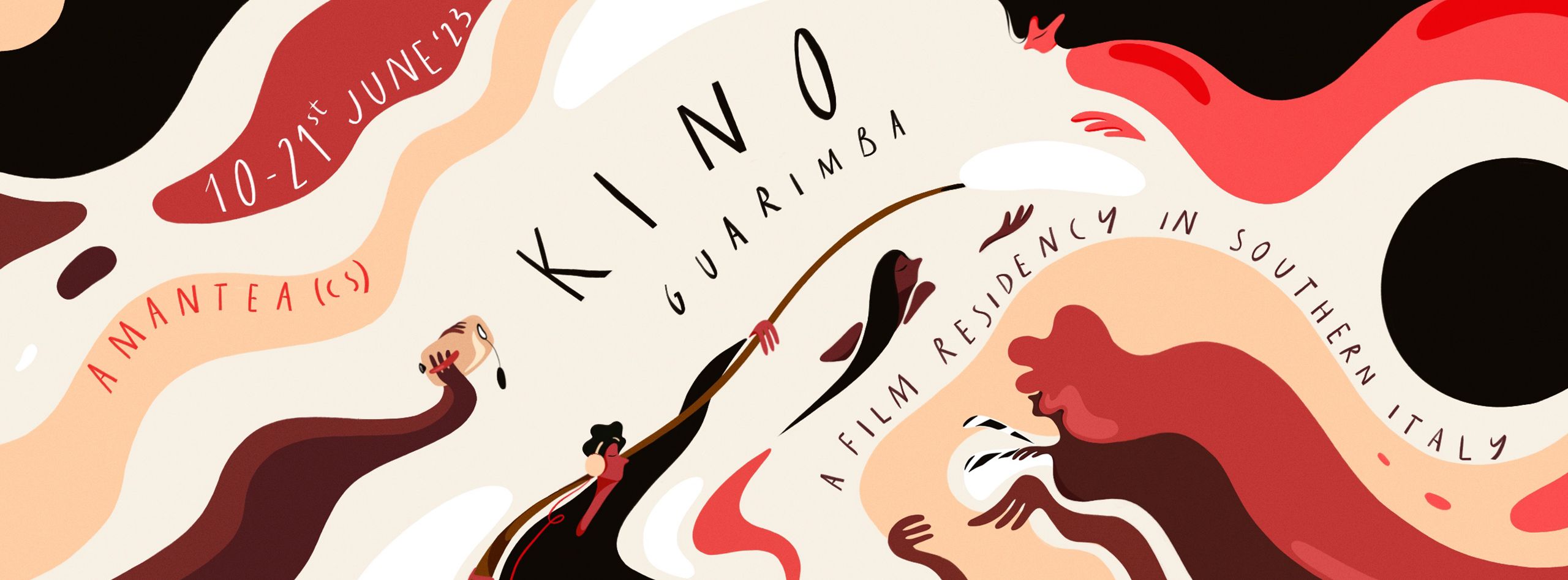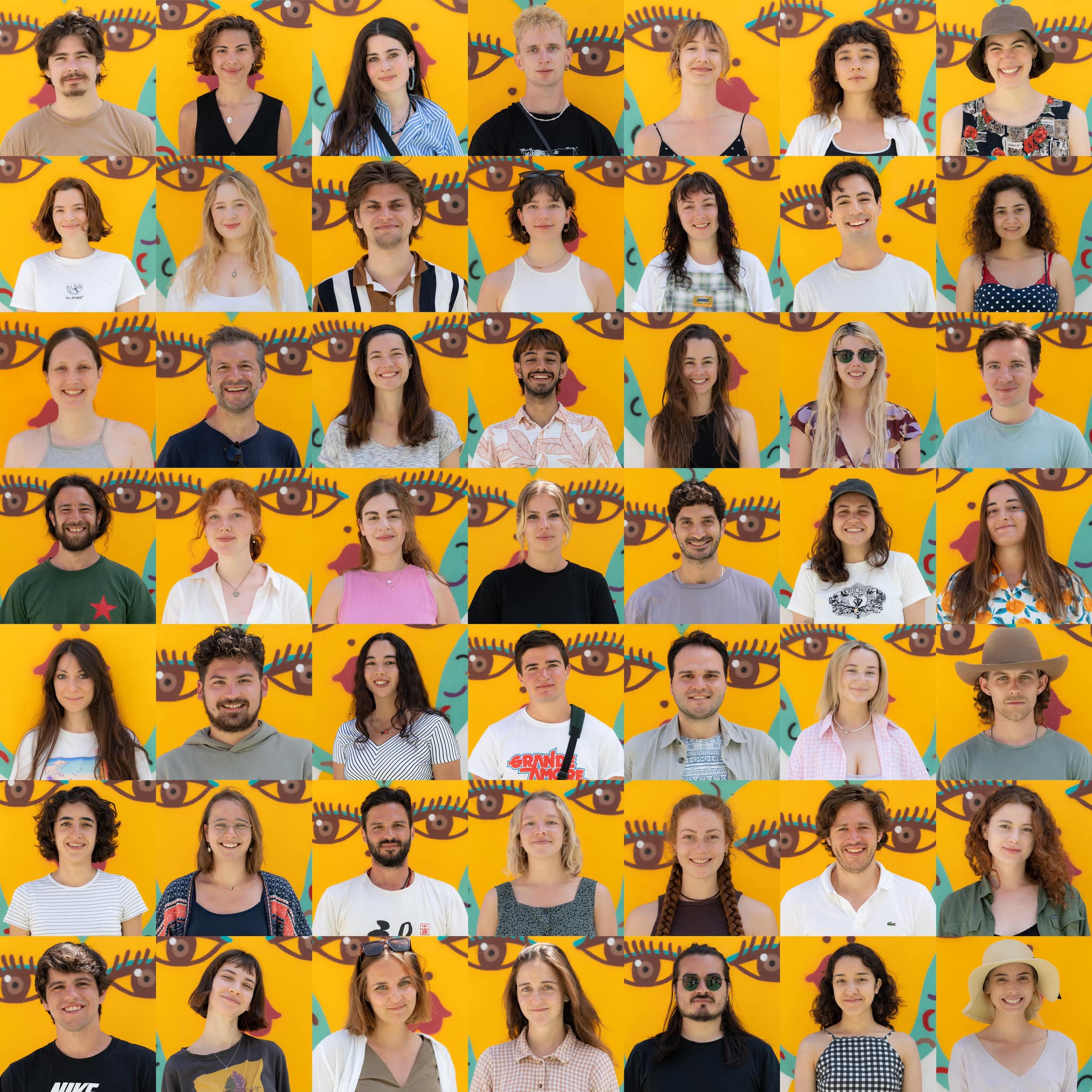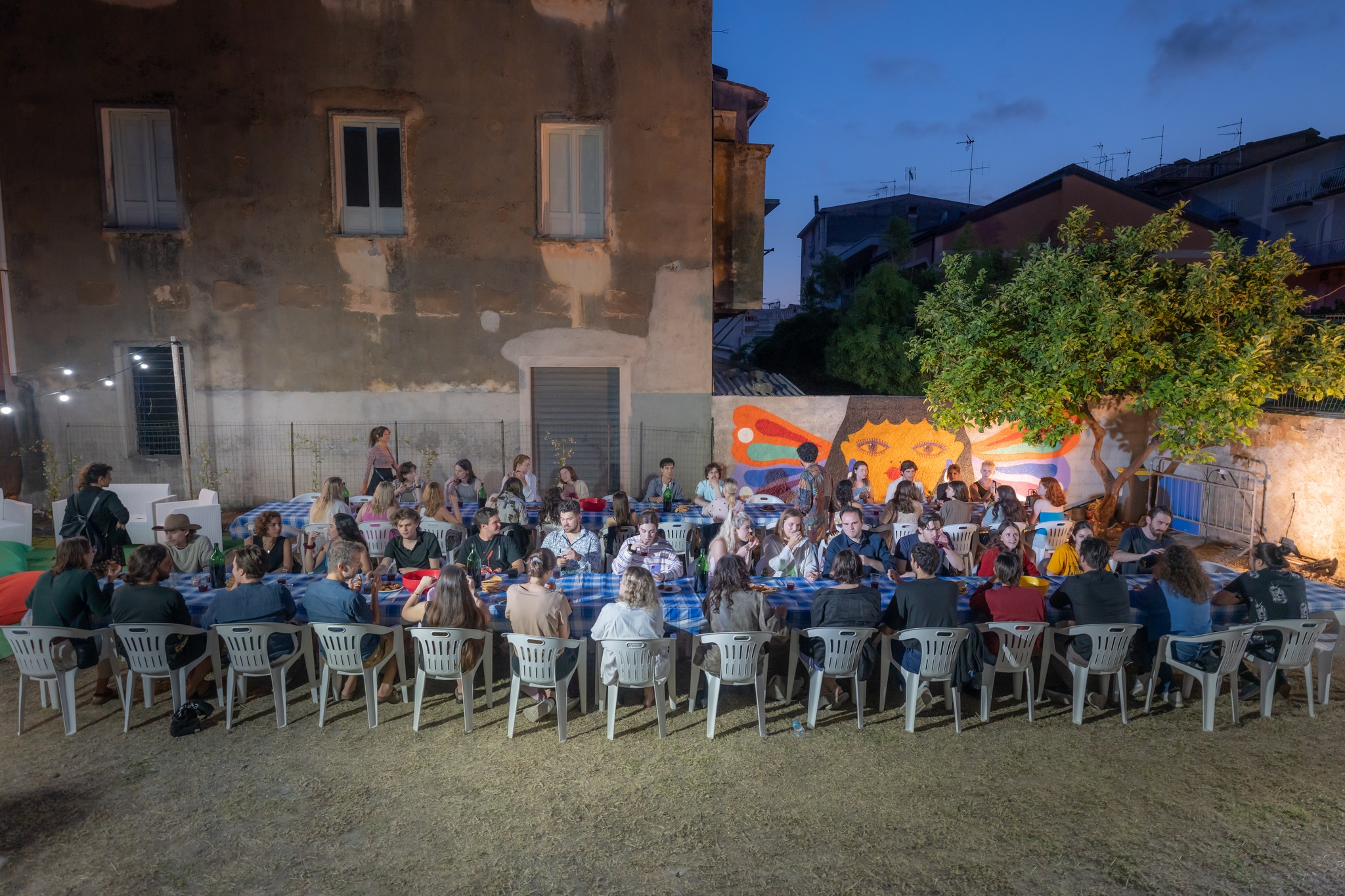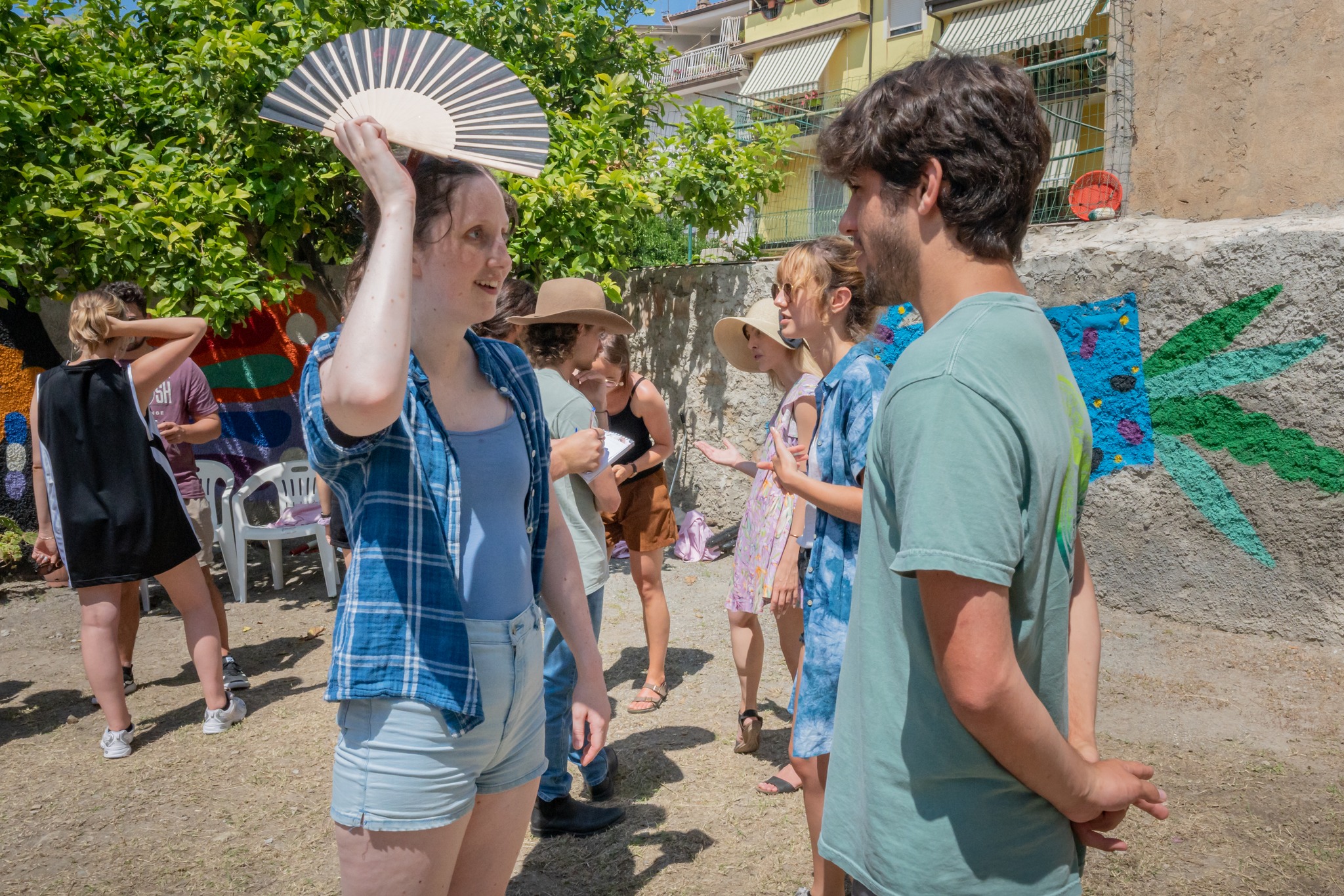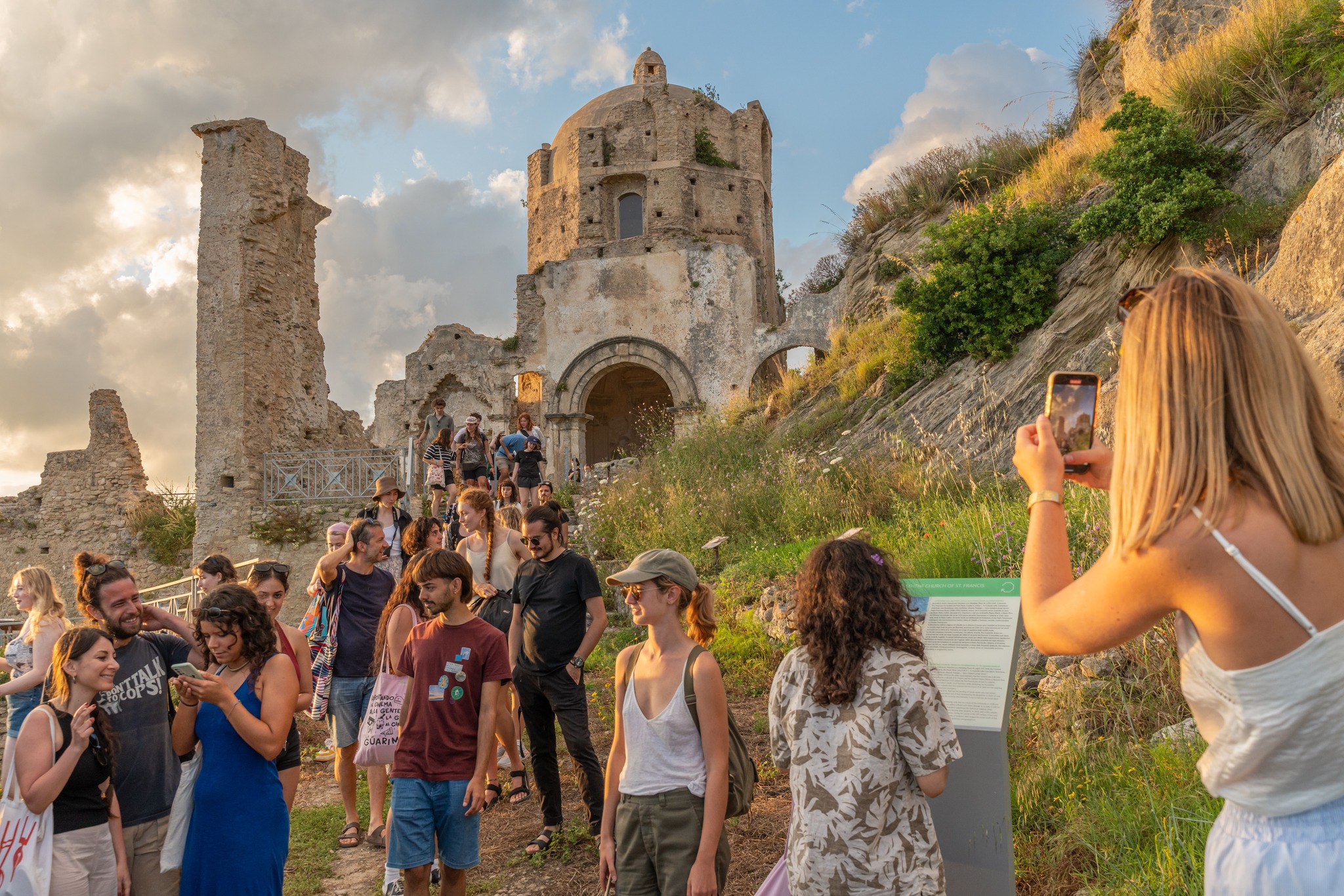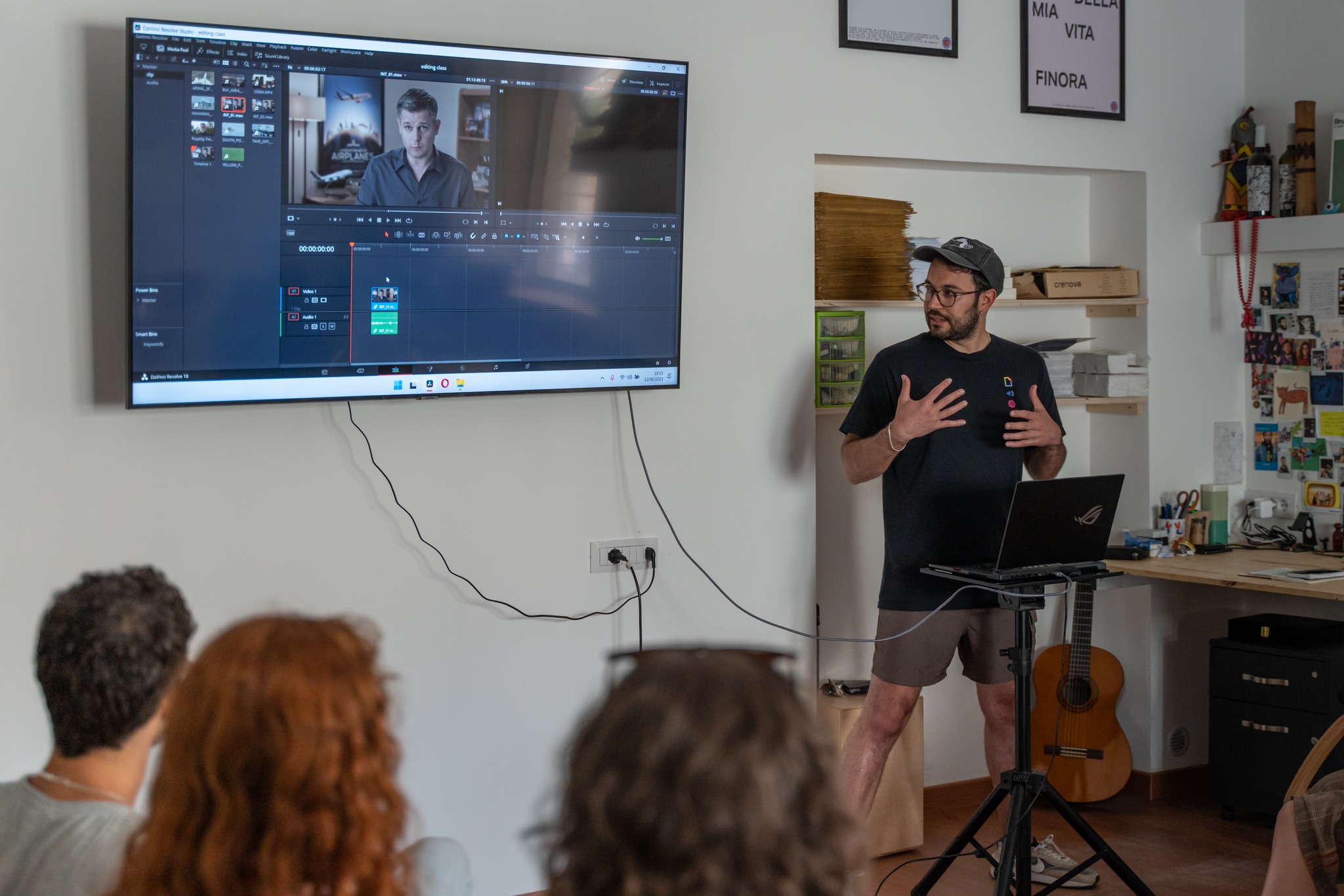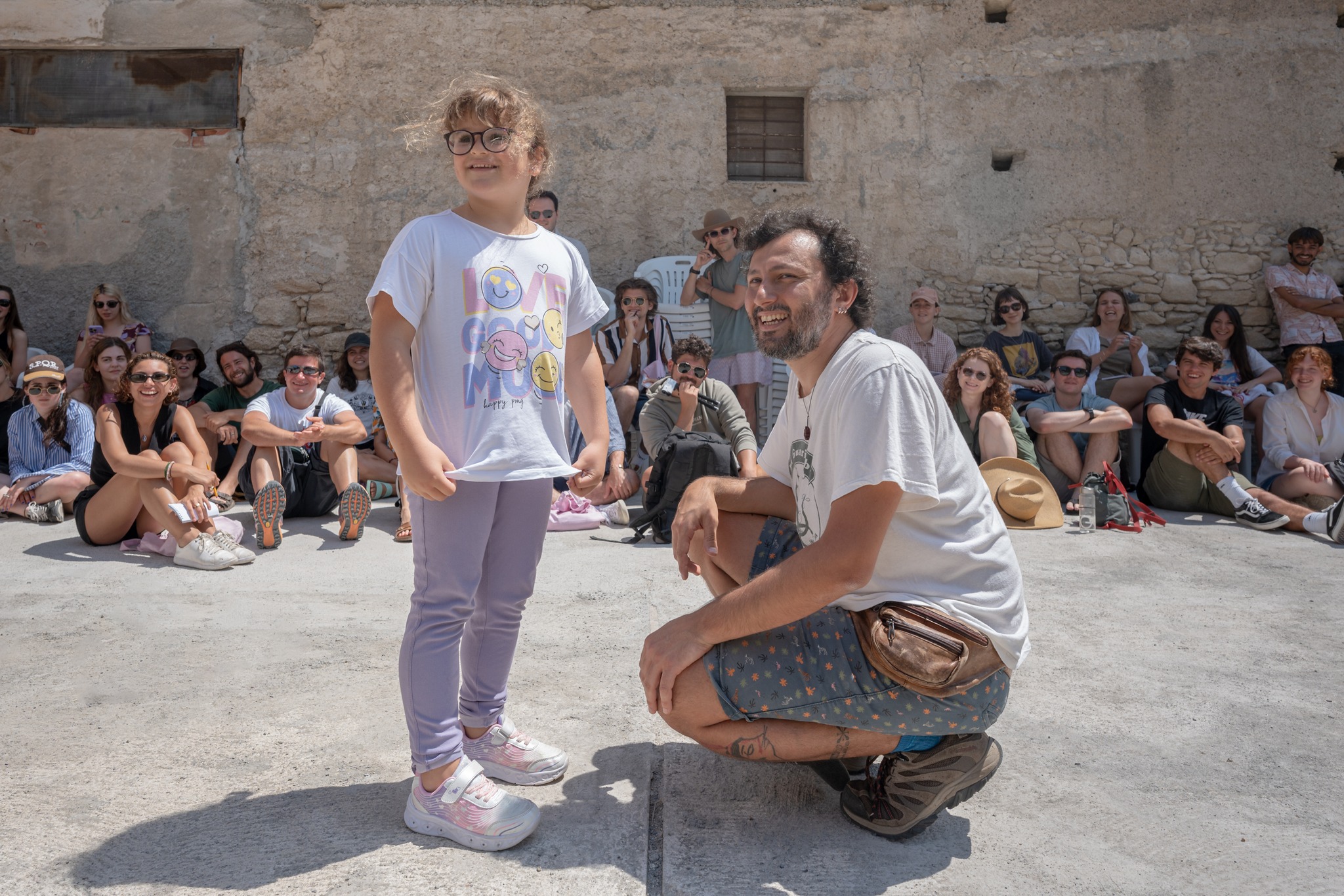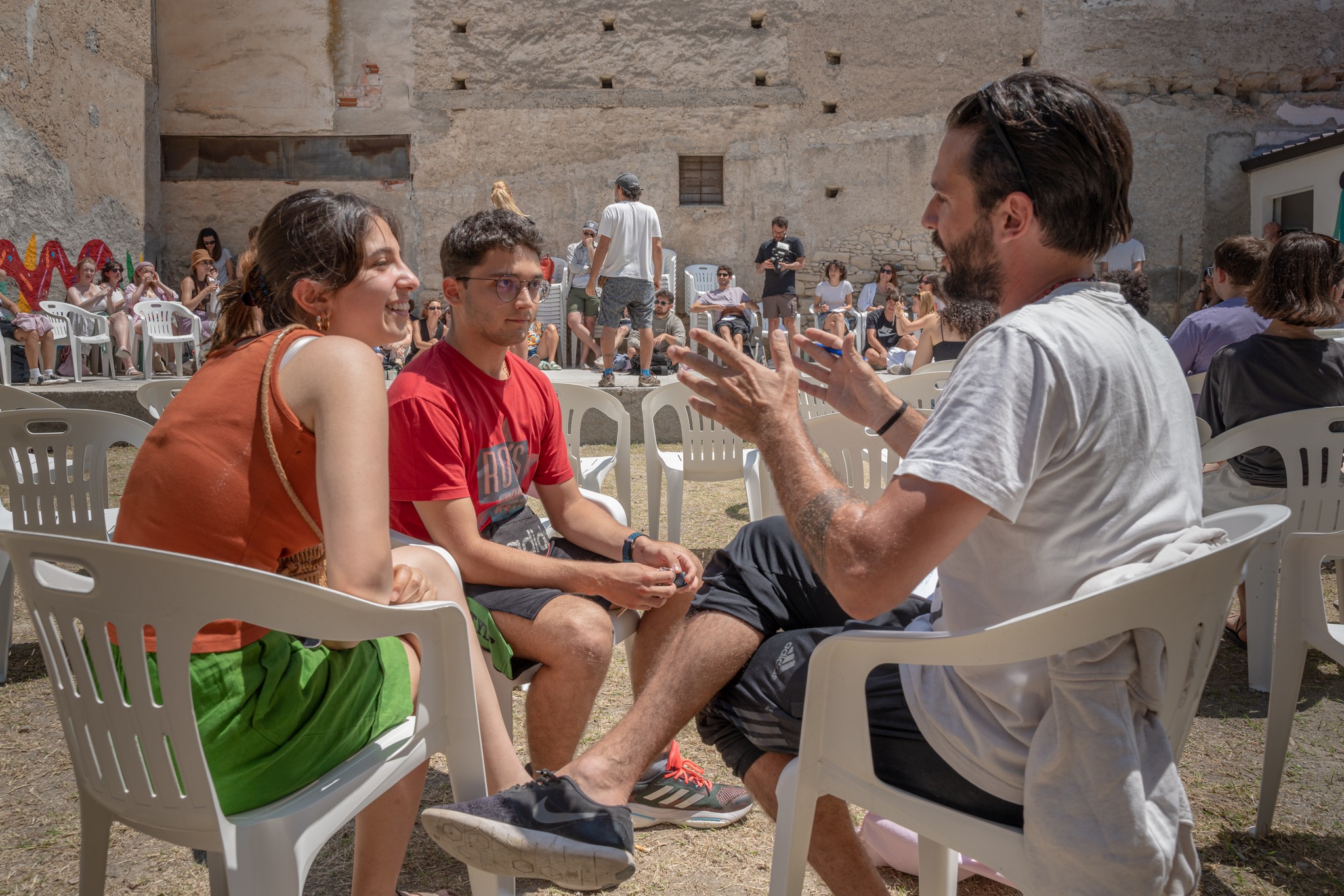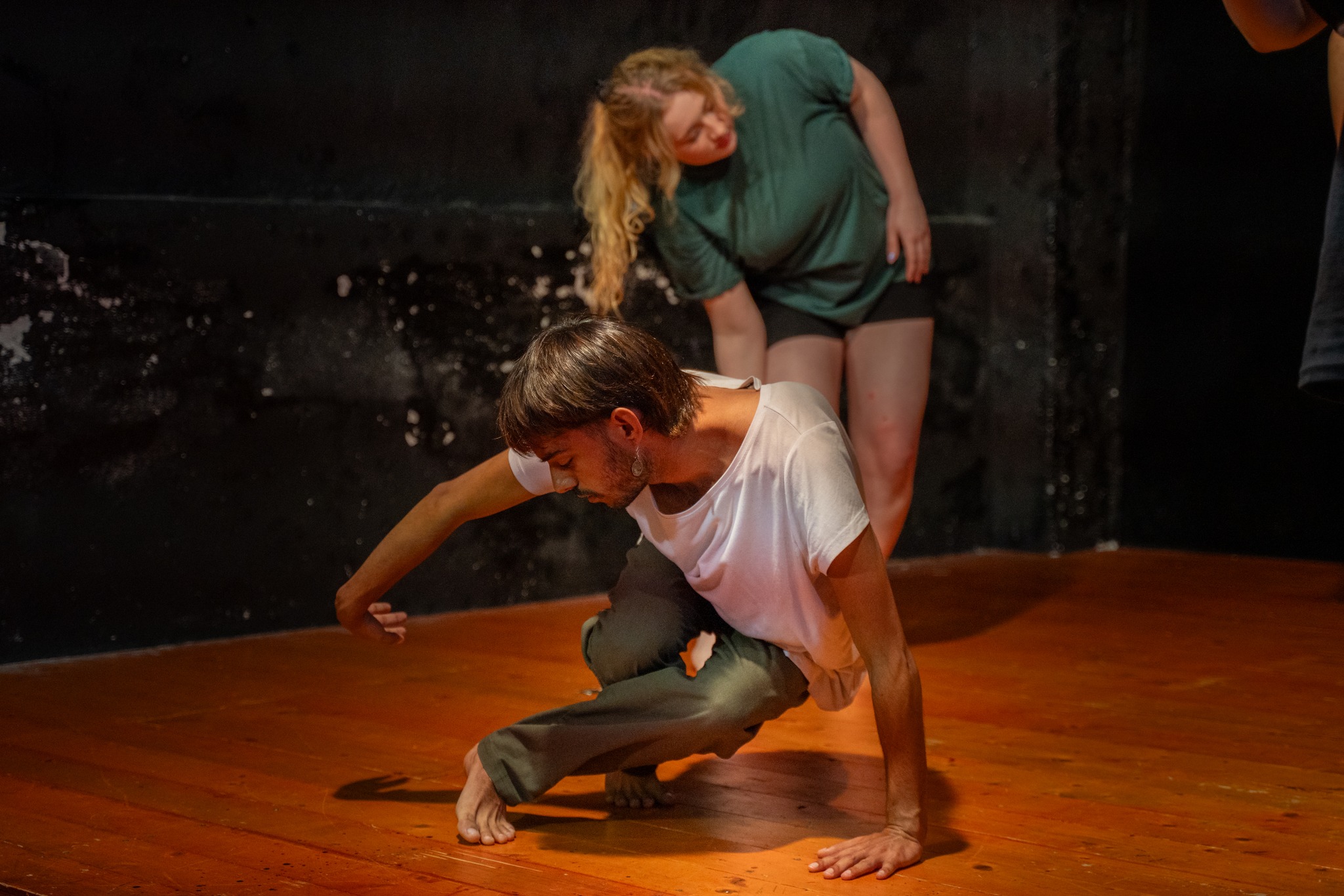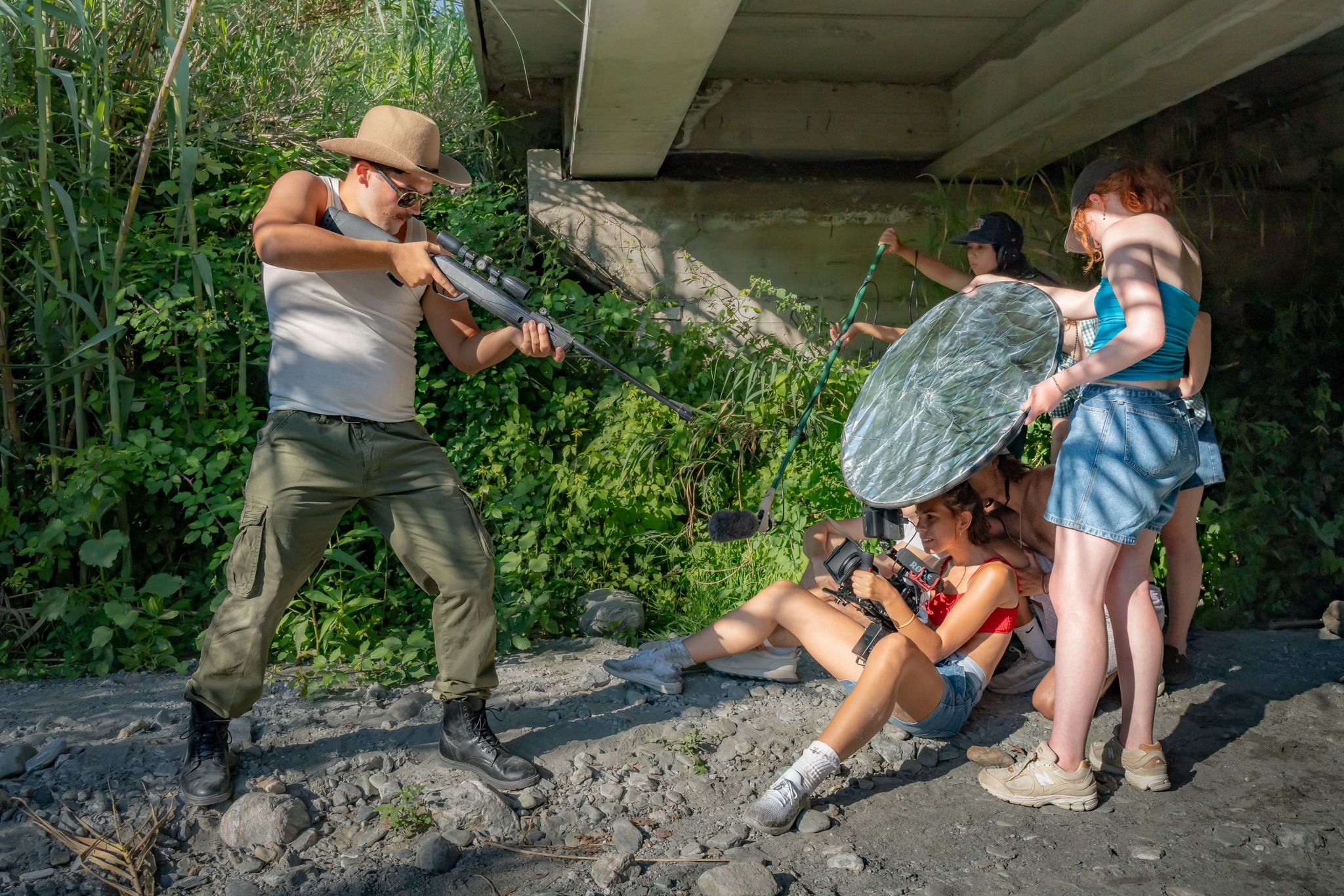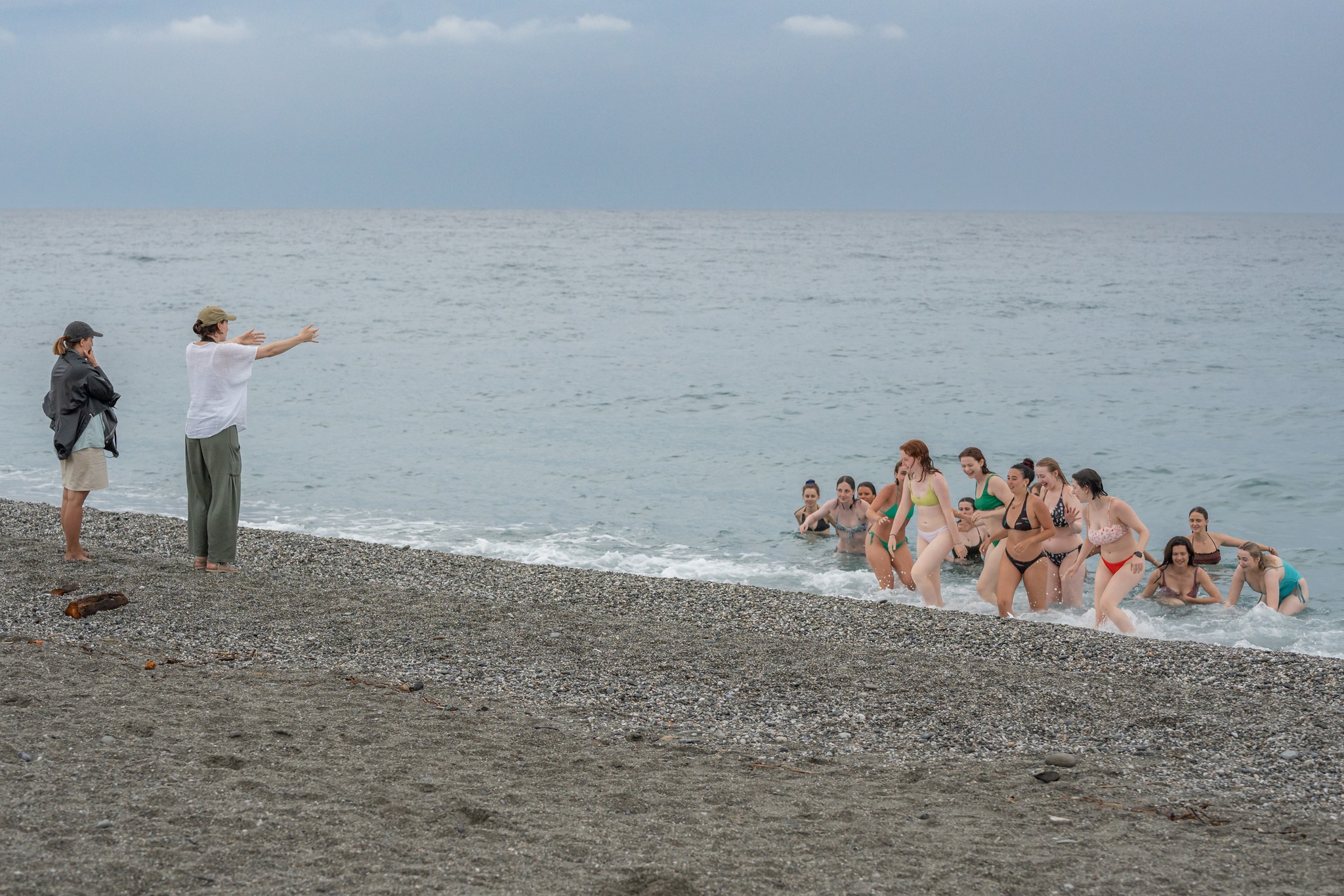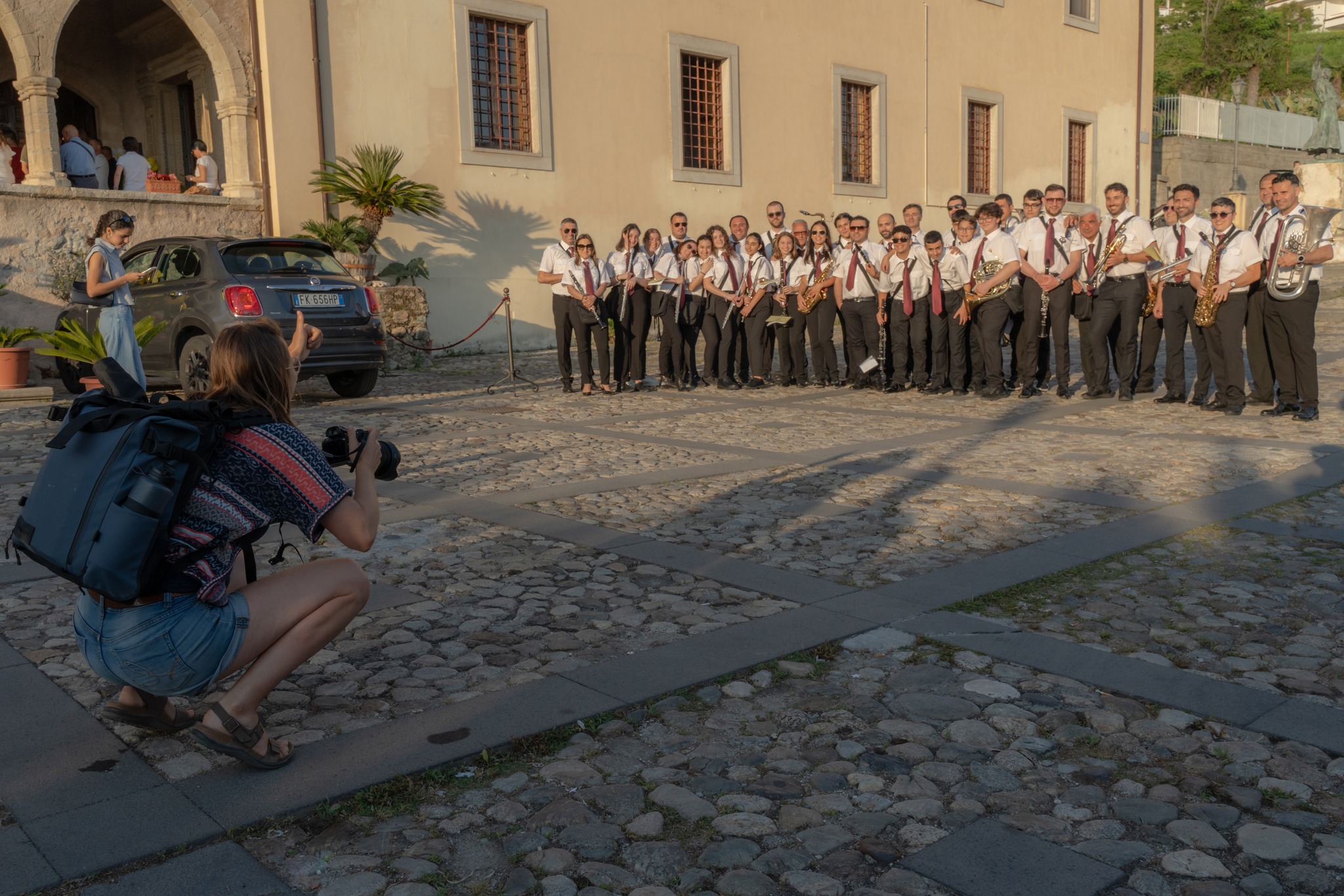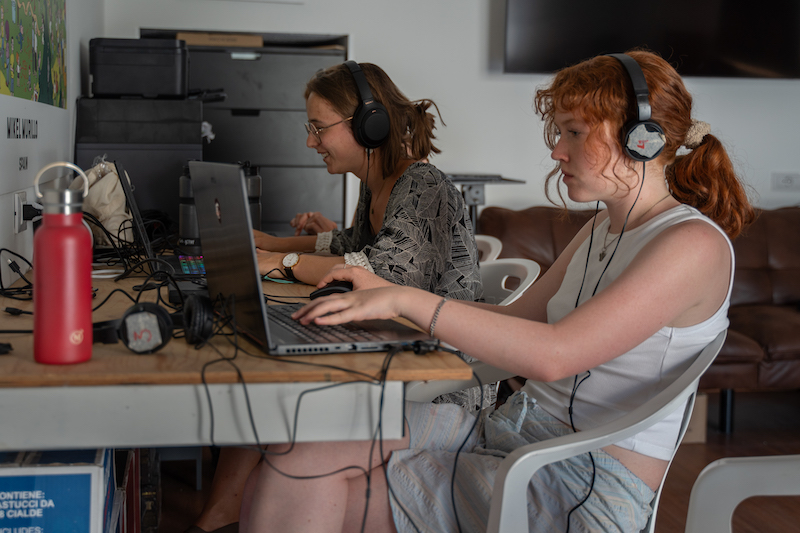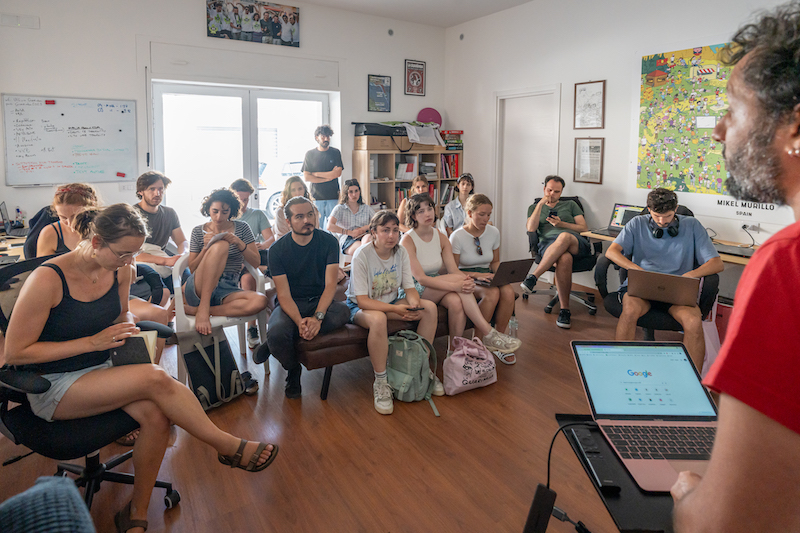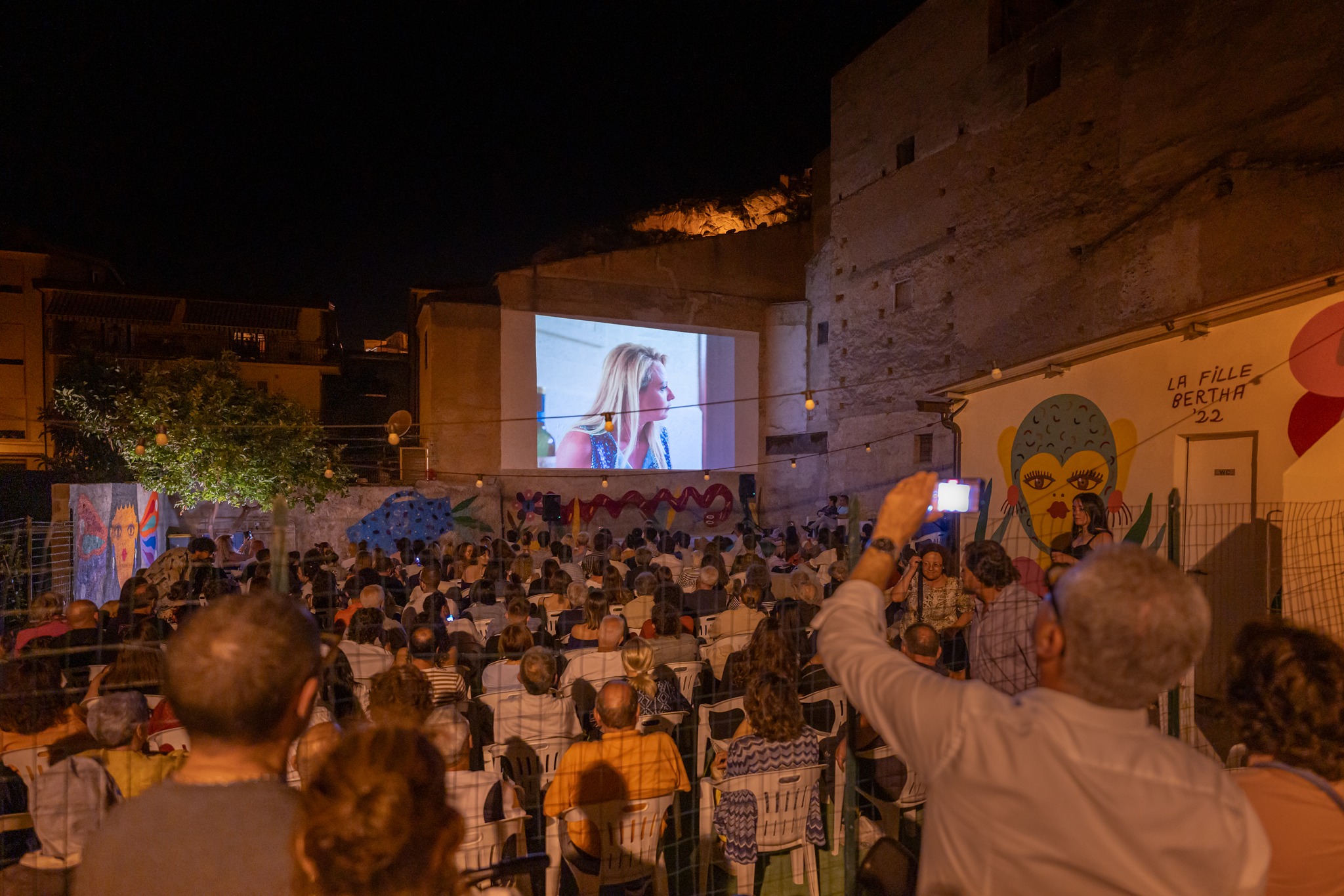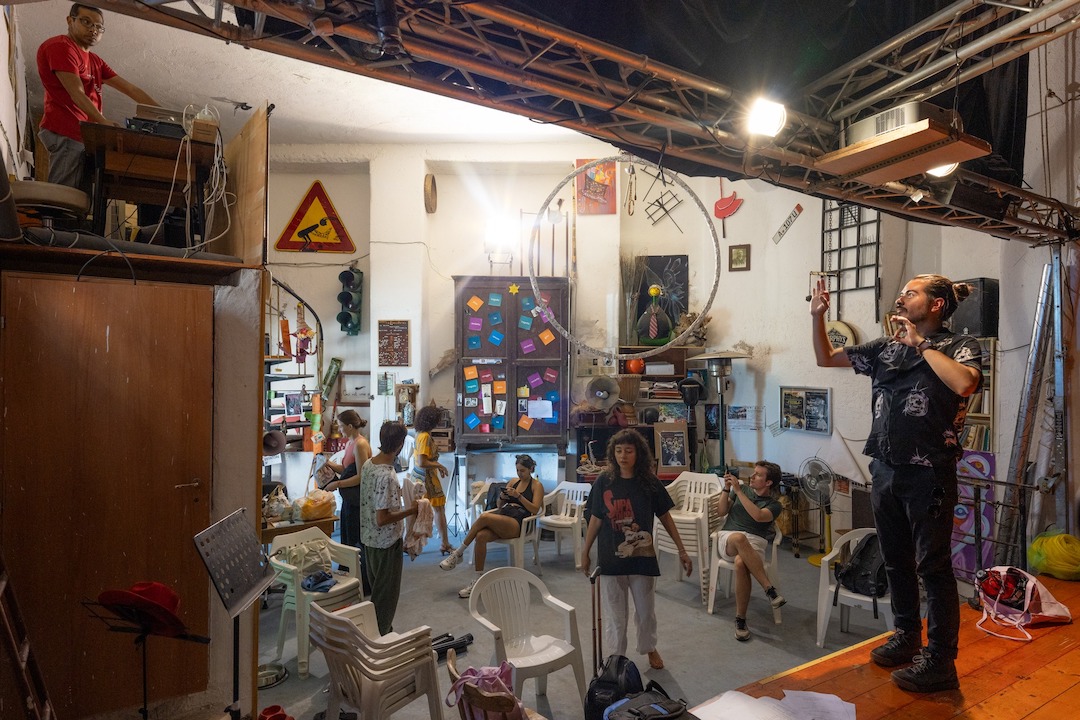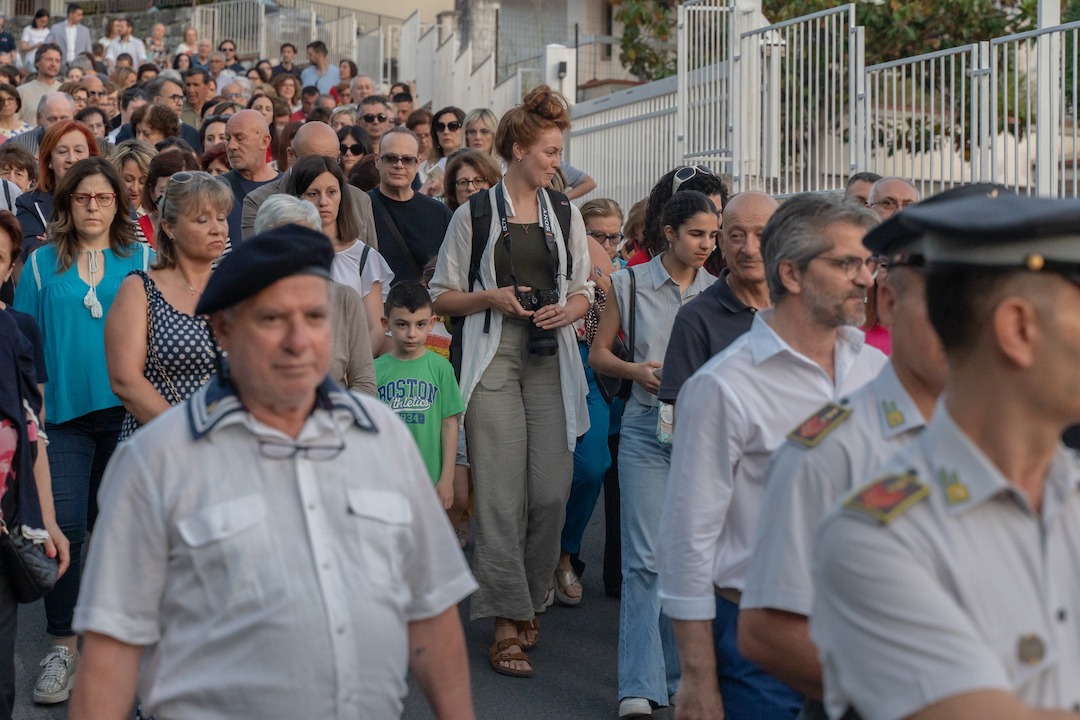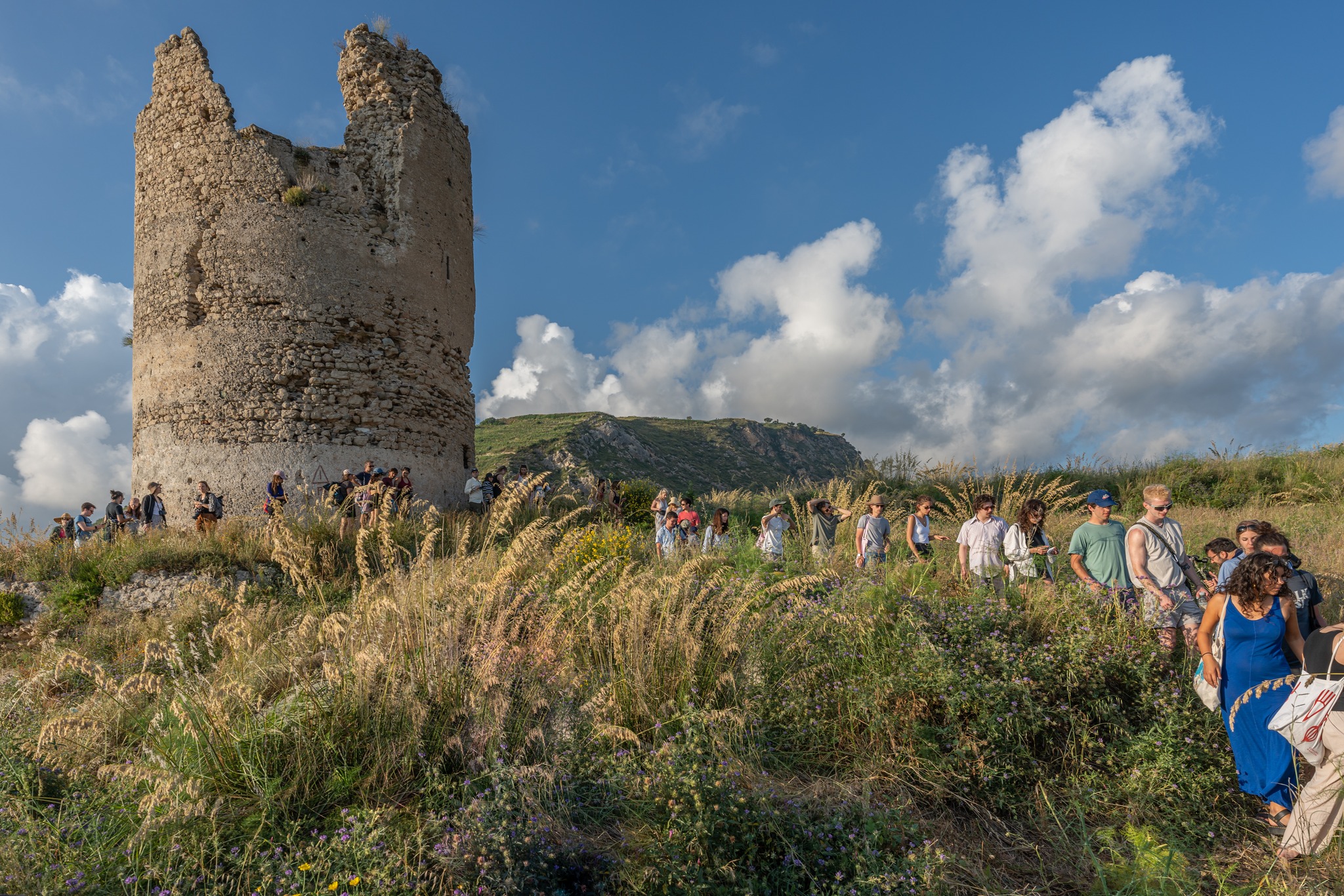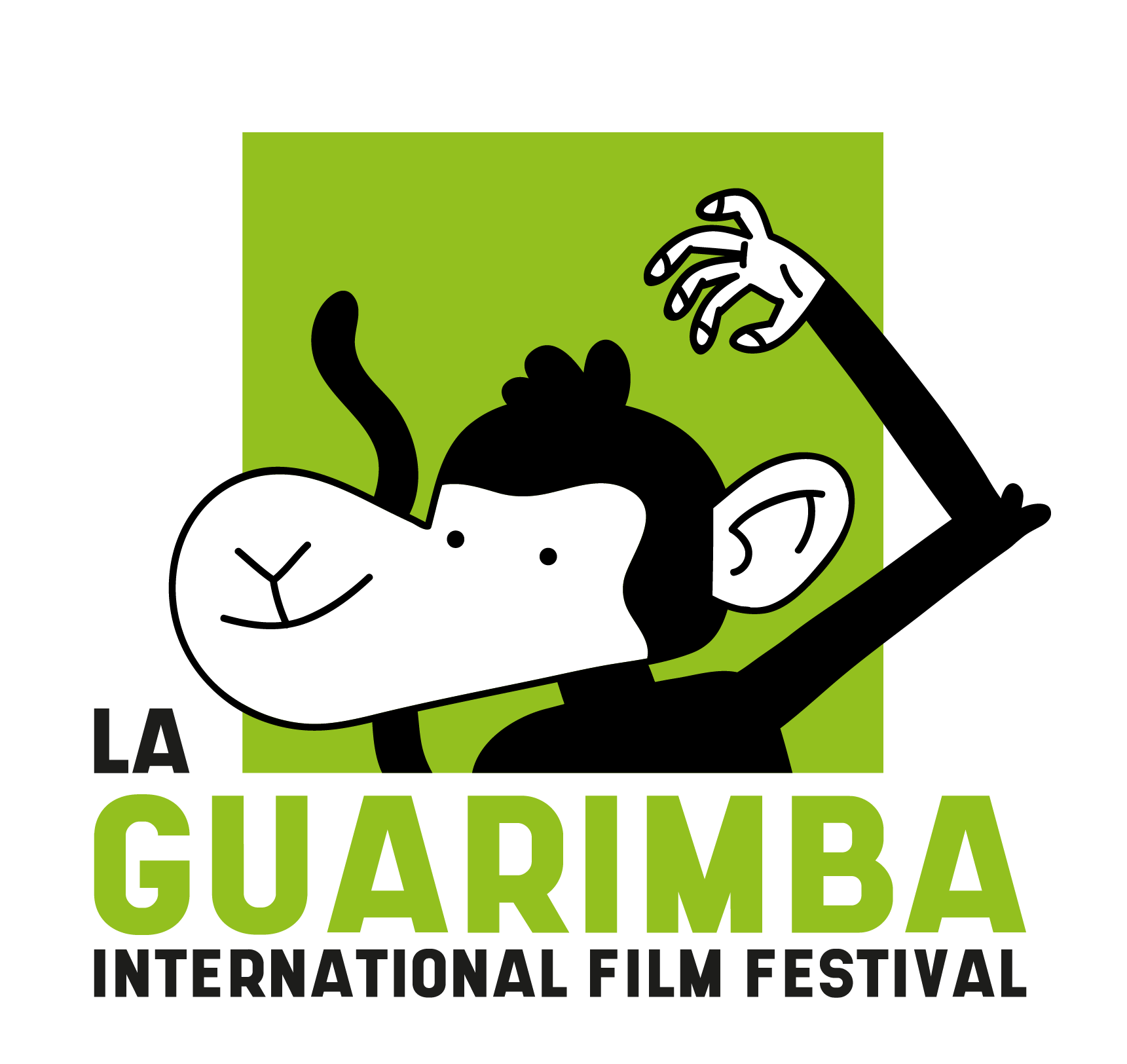THE ECONOMIC AND TOURISTIC IMPACT ON AMANTEA
Kino Guarimba promotes sustainable tourism practices in Amantea, bringing 50 filmmakers and artists to the town in June and activating a cycle of consumption of food, drinks, souvenirs and typical products, bringing work to bars, restaurants, shops and clubs, which usually experience their best season from July. We organise guided tours, lunches of typical products and meetings on Calabrian culture with citizens, to create awareness, interest and mutual exchange between the international and local communities.
These practices are potentially replicable in other similar contexts and are sustainable because the ‘tourist’ brings something in return to the city, in addition to the economic expense: a new vision, a cultural background and an artistic work that narrates and promotes the beauty and uniqueness of the area. The films produced during the residency had to include at least one outdoor scene, encouraging directors to include natural landscapes, coastlines, glimpses of the historic centre, and moments of Calabrian traditions such as processions and patronal festivals. These works will circulate among international festivals and platforms, promoting the beauty of Amantea worldwide and transforming the city’s image as a centre of creativity and audiovisual production.
The survey we sent to participants allowed us to estimate the impact of the project on Amantea’s economic fabric.
Excluding travel expenses, we estimated an average of €350 per participant invested in the purchase of food, drinks and other expenses such as souvenirs and props.
As an organisation, we directly invested €30,000 in the territory, including the purchase of locally produced gadgets, the organisation of dinner and lunch for participants, the rental of flats for 50 people and 12 nights, the salary for the Calabrian project collaborators from Reggio Calabria, Amantea, Vibo Valentia, and Falconara Albanese, the meals for the team, the materials used for the execution of the events, and general office expenses.
The total impact on the territory brought about by the project was thus estimated at 47,500 euro.
Some local businesses understood the importance of our work, sponsoring the event by donating products or services: Lido Azzurro, Cantina Amarcord, Bar Caruso, Calabria Da Gustare, Caffè Guglielmo.
We have thus arrived at the seventh edition of a project that is now mature and headed down a clear path, one that wants to continue to grow realistically and involve the people of Amantea and their enthusiasm more and more. A community project that will continue to propose a model based on concrete results that improve people’s quality of life and promote our territory in a virtuous way.

